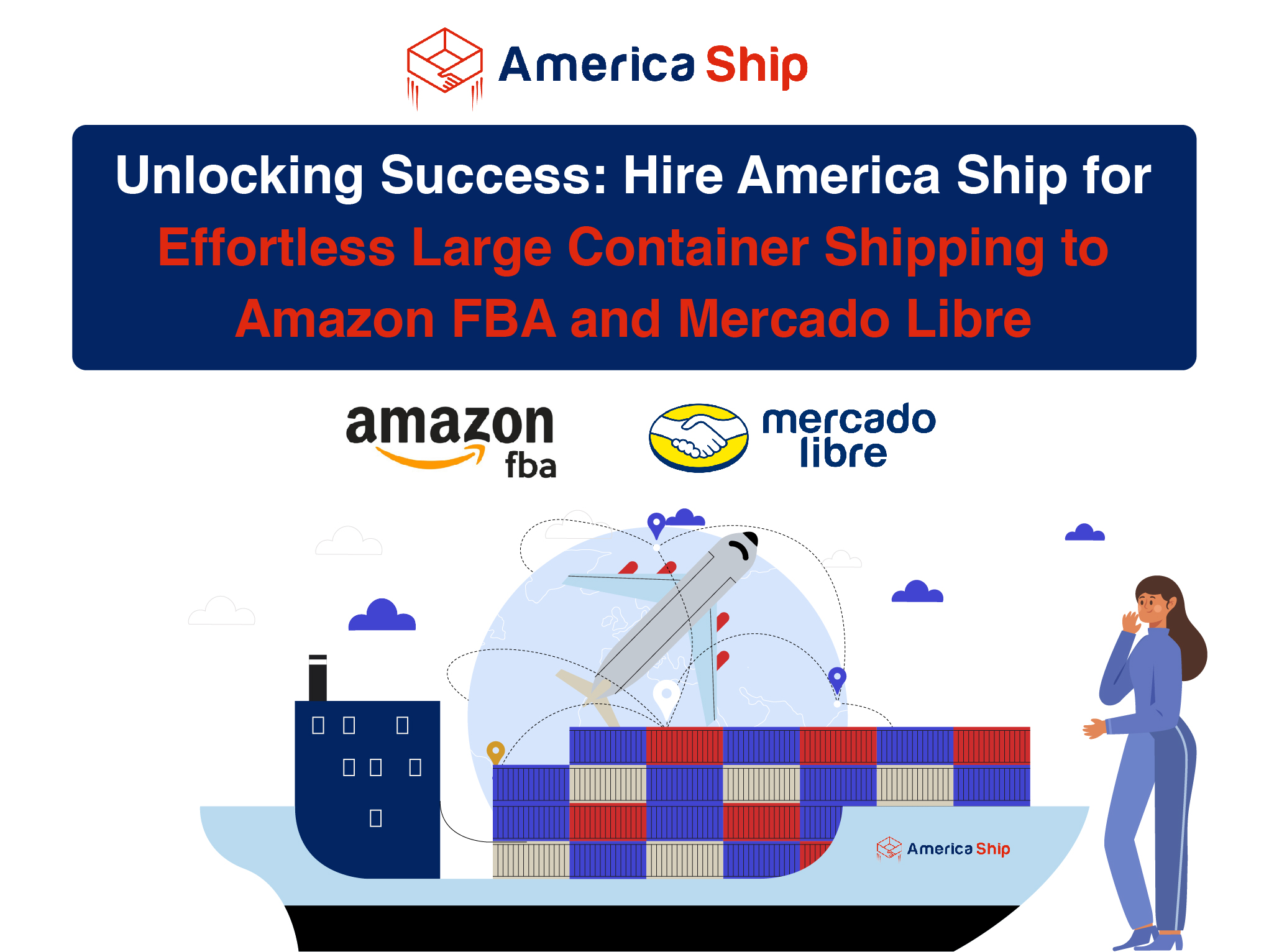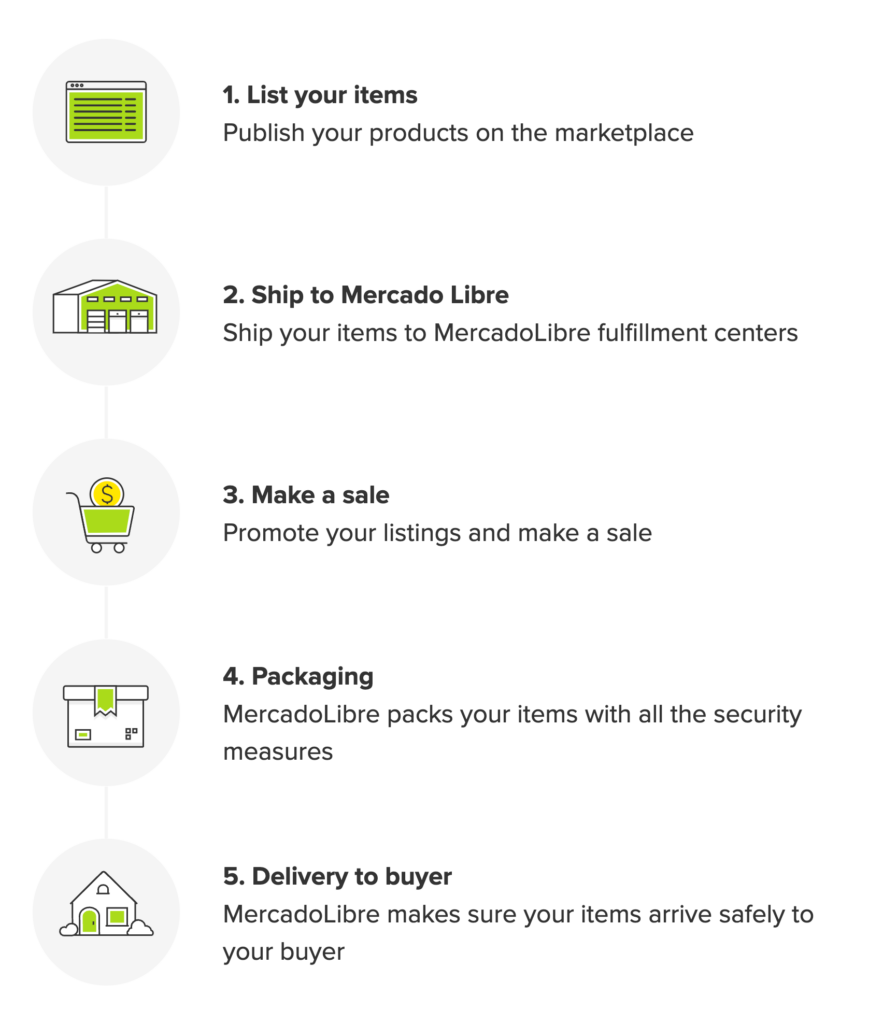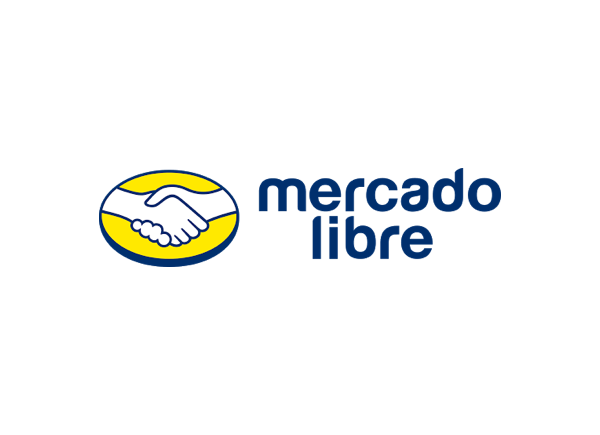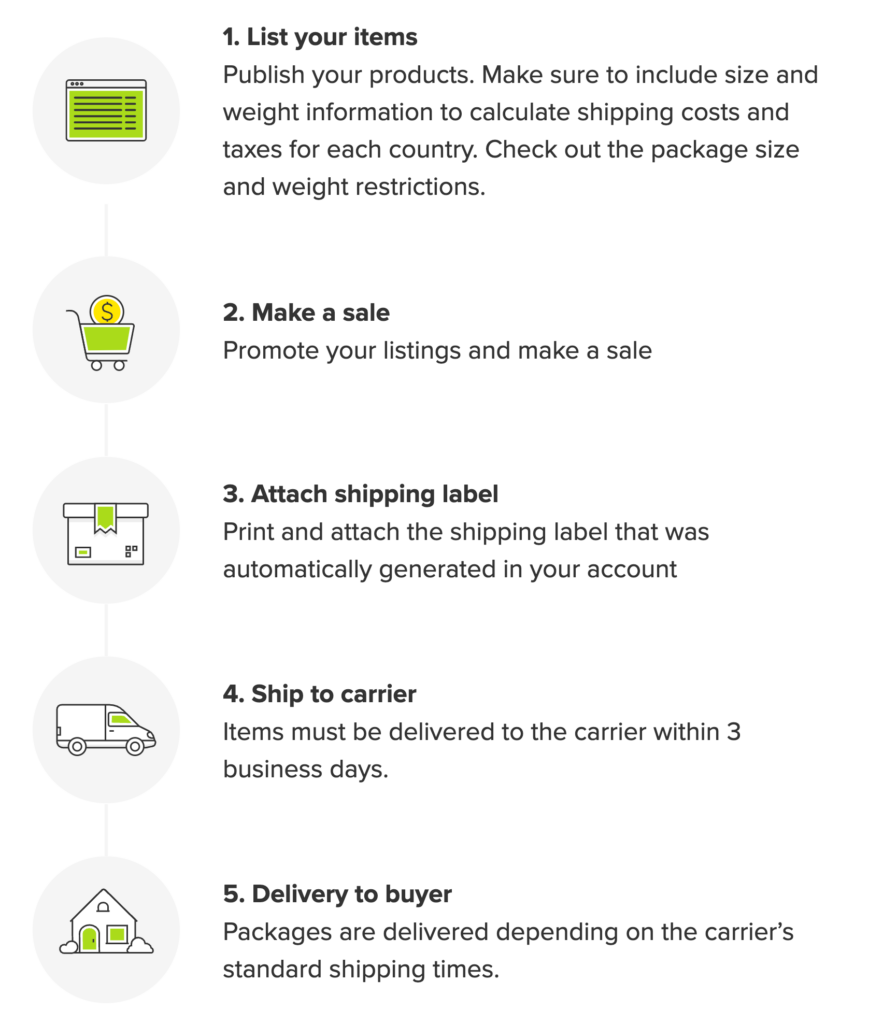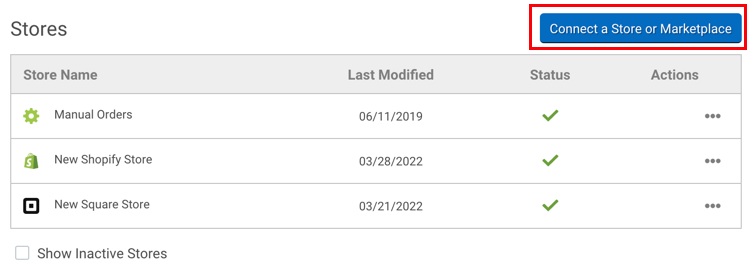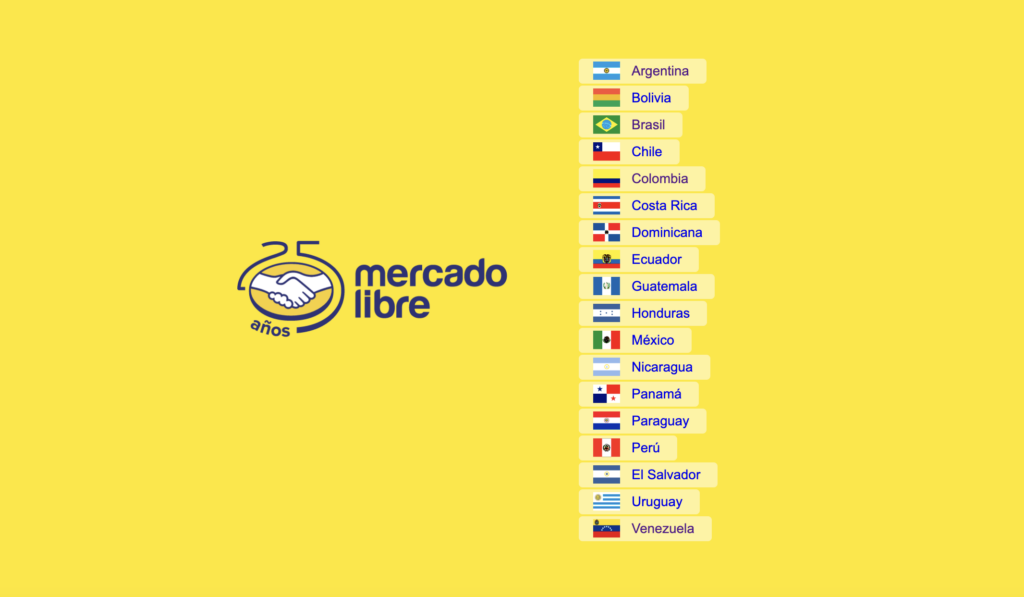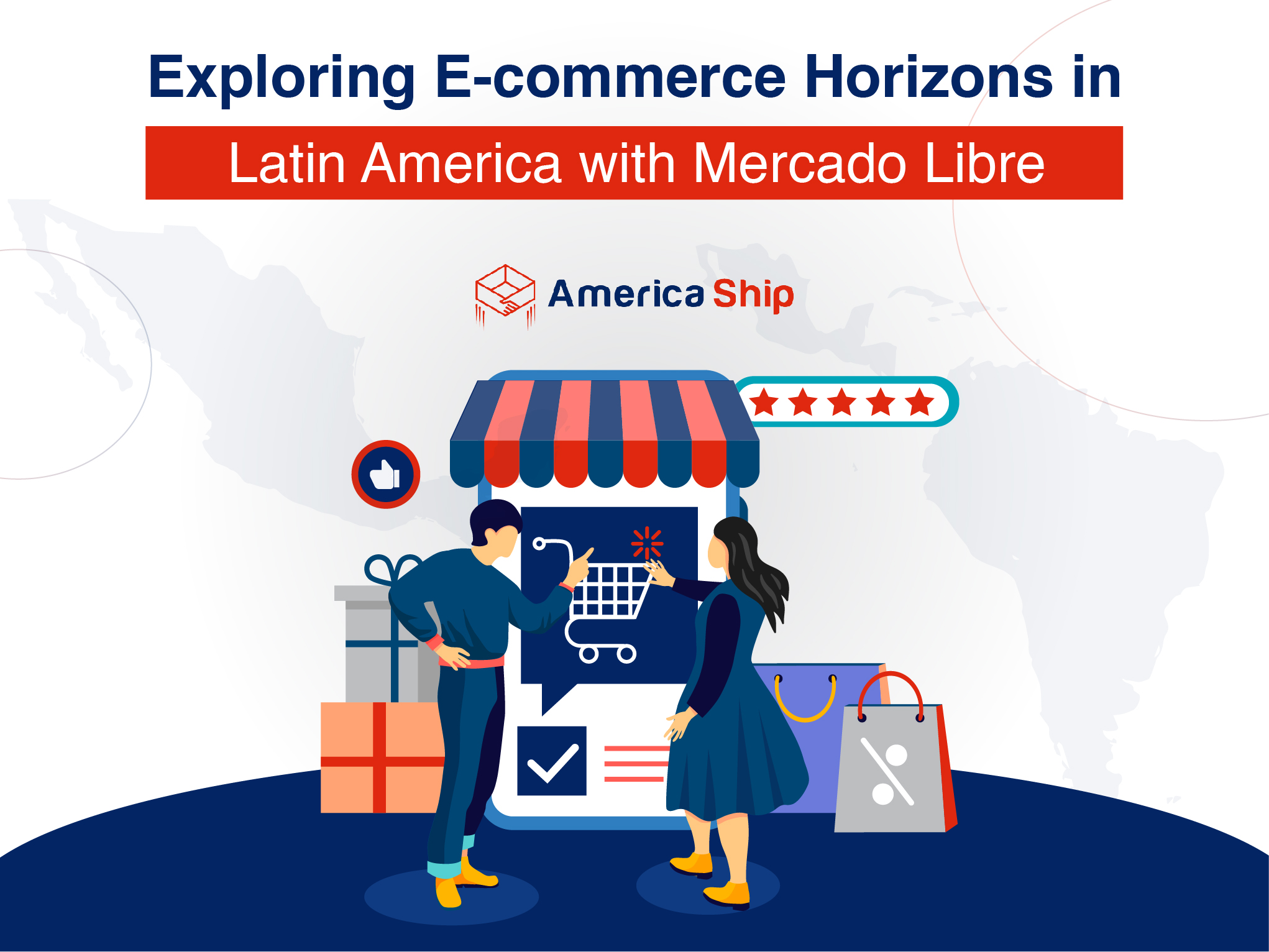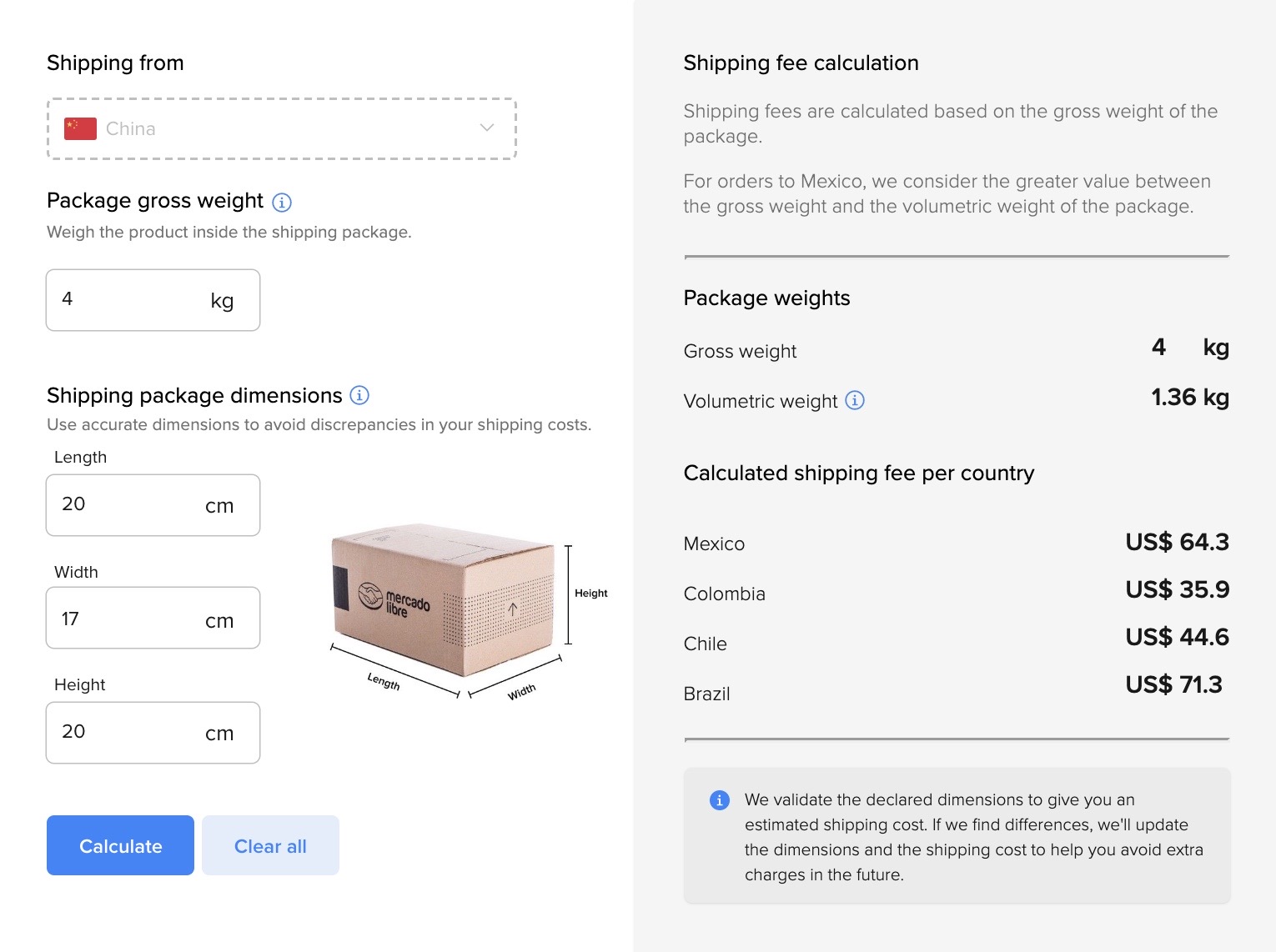Does Mercado Libre Ship To The Us

Imagine the thrill of discovering a unique, handcrafted leather bag from Argentina, or a vintage comic book only found in the bustling markets of São Paulo. You see it online, on a platform buzzing with life and Latin American treasures – Mercado Libre. But a nagging question lingers: Can I, sitting here in the United States, actually get my hands on it? The allure of cross-border shopping is strong, but the realities of international shipping can often be a hurdle.
The straightforward answer is: Mercado Libre, in its primary form, does not directly ship to the United States. However, this doesn't mean accessing those tempting South American goods is entirely impossible. There are alternative routes and strategies to explore, offering a glimmer of hope for US-based shoppers eager to tap into Mercado Libre's vast catalog.
Mercado Libre: A South American Giant
Often dubbed the "Amazon of Latin America," Mercado Libre is a powerhouse e-commerce platform operating across 18 countries, primarily in Latin America. Founded in 1999 by Marcos Galperin, it quickly rose to prominence, connecting millions of buyers and sellers in a region with unique market dynamics.
Think of it as a digital marketplace where everything from electronics and fashion to auto parts and real estate is traded. Its significance in the region is immense, providing economic opportunities for small businesses and access to goods for consumers.
Mercado Libre fosters entrepreneurship, facilitates trade, and has become an integral part of the Latin American economy. It's not just a shopping site; it's a vital economic engine.
Why No Direct Shipping to the US?
The absence of direct shipping to the United States stems from a combination of logistical, regulatory, and strategic considerations. Establishing and managing international shipping networks is complex and expensive.
Navigating customs regulations, taxes, and import duties across borders requires specialized expertise and infrastructure. Moreover, Mercado Libre's primary focus has always been serving the Latin American market.
Focusing on their core market allows them to tailor their services and strategies effectively. Expanding into the US market would necessitate significant investment and potentially dilute their resources.
Alternative Routes: Finding Your Way Around
Despite the lack of direct shipping, savvy shoppers have discovered several workarounds to access Mercado Libre's offerings from the US.
Using a Package Forwarding Service
This is perhaps the most common and reliable method. Package forwarding services provide you with a local address in the country where Mercado Libre operates (e.g., Argentina, Brazil, Mexico).
You can then use this address as your shipping address on Mercado Libre. Once your order arrives at the forwarding service's warehouse, they will repackage it and ship it to your address in the United States.
Companies like Aeropost and MyUS are examples of popular package forwarding services. These services charge fees for their services, including shipping costs, handling fees, and potential customs duties.
Working with Individual Sellers
While not the norm, some individual sellers on Mercado Libre may be willing to ship internationally on a case-by-case basis. This often requires direct communication and negotiation with the seller.
You can inquire whether they are willing to ship to the US and discuss shipping costs and payment methods. This option can be riskier, as it relies on the seller's willingness and ability to handle international shipping logistics.
It’s important to carefully assess the seller's reputation and request tracking information to mitigate potential issues.
Exploring Similar Marketplaces
Another approach is to explore alternative online marketplaces that specialize in Latin American goods and offer international shipping to the US. Some platforms curate products from Latin American artisans and businesses, making them readily available to US consumers.
Etsy, for instance, hosts numerous shops run by Latin American artisans who ship directly to the United States. These platforms offer a convenient way to support Latin American businesses and access unique products without navigating Mercado Libre directly.
This option might be easier, but it also means the product options can be more limited compared to Mercado Libre.
Navigating the Challenges: What to Keep in Mind
Regardless of the method you choose, international shopping comes with its own set of challenges. Be prepared for higher shipping costs, potentially longer delivery times, and the possibility of customs duties and taxes.
Thoroughly research the seller or service provider you are using. Look for reviews, ratings, and any available information about their reliability and customer service.
Always factor in potential import duties and taxes when calculating the total cost of your purchase. These fees can vary depending on the item's value and the import regulations of the United States.
The Allure of Cross-Border Shopping: Why Bother?
Despite the challenges, the appeal of cross-border shopping remains strong. For many, it's about accessing unique products not readily available in the United States.
It could be a specific brand of mate tea from Argentina, a handcrafted hammock from Colombia, or a rare collectible from Brazil.
"Cross-border shopping allows consumers to discover items that reflect different cultures, traditions, and craftsmanship," says Maria Rodriguez, a consumer behavior analyst.
For others, it's about supporting small businesses and artisans in Latin America. By purchasing directly from these sellers, consumers can contribute to their economic empowerment and preserve traditional crafts.
Looking Ahead: Will Mercado Libre Ever Ship Directly?
While there are no official announcements regarding direct shipping to the United States in the immediate future, the possibility remains open. As Mercado Libre continues to grow and expand its reach, it may eventually consider entering the US market directly.
However, such a move would require careful planning and significant investment. It would involve establishing a robust logistics network, navigating complex regulations, and adapting its business model to the US market.
For now, US-based shoppers will have to rely on alternative methods to access Mercado Libre's vast catalog.
A World of Possibilities, With a Little Effort
So, while Mercado Libre doesn't directly ship to the US, the door isn't entirely closed. With a little resourcefulness and careful planning, you can still unlock a world of unique products and support Latin American businesses.
It might require a bit more effort than your average online purchase, but the reward of discovering that perfect, hard-to-find item can be well worth it.
And who knows, maybe one day, direct shipping from Mercado Libre will become a reality, making it even easier to connect with the vibrant markets of Latin America.
